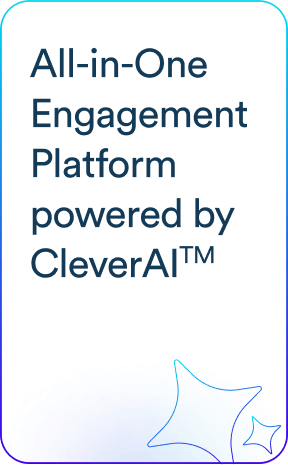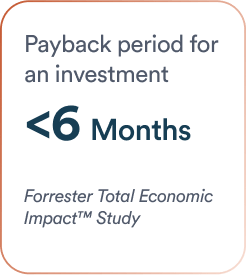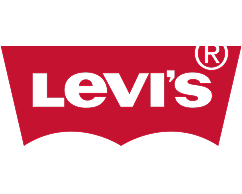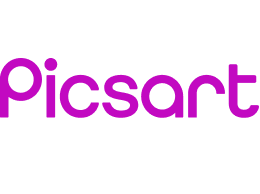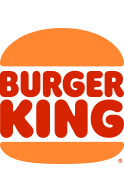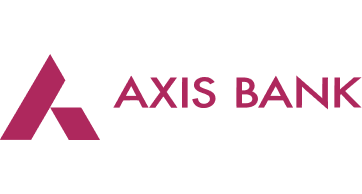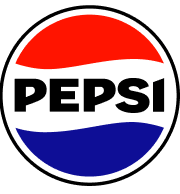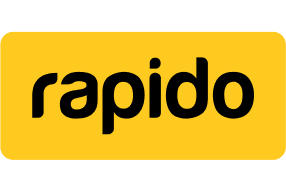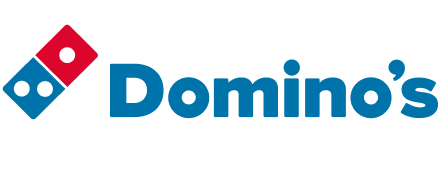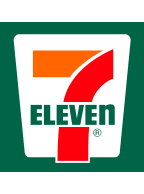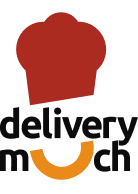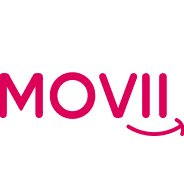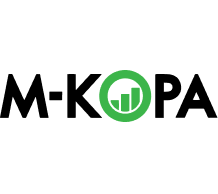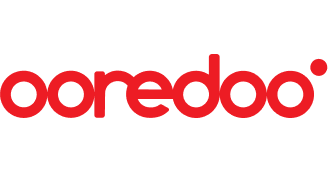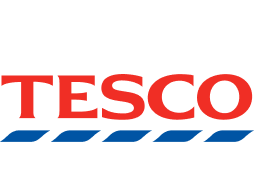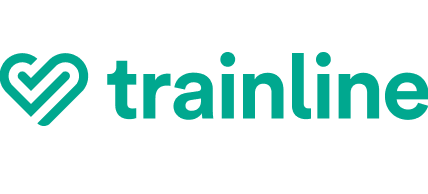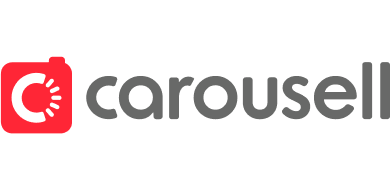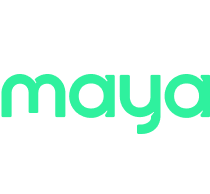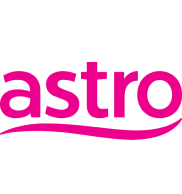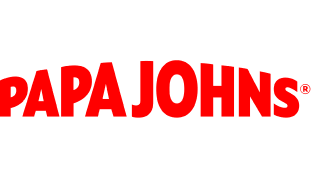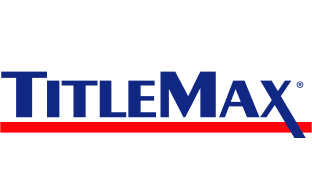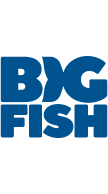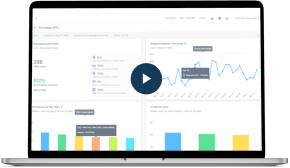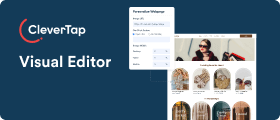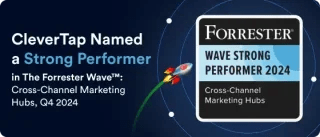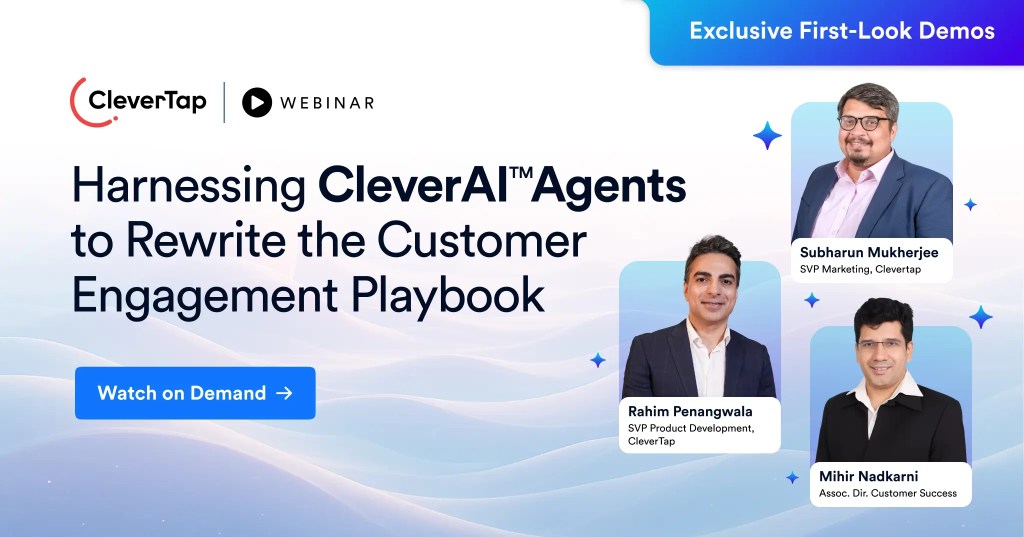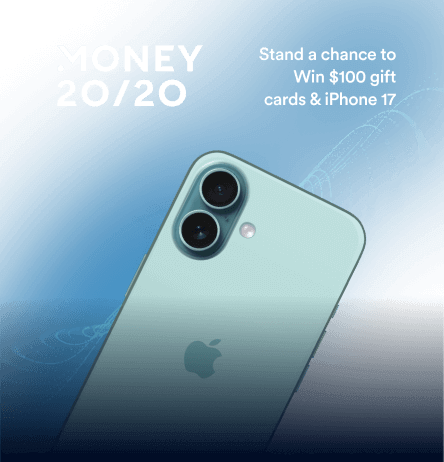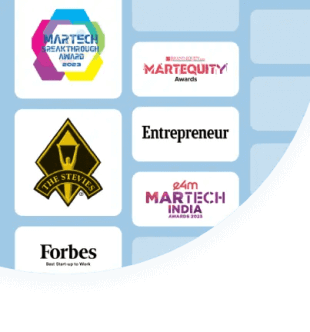The success of email campaigns is determined by what happens after recipients click on the links in the emails. Businesses need to guide them to take the required action. This is where an email marketing landing page bridges the gap between subscriber interest and action.
An email landing page determines what will happen after the subscriber has expressed interest by clicking on a link in the email, by reeling them in, to complete the desired action, which can be downloading an ebook or making a purchase. This blog covers email marketing best practices and a step-by-step guide to building landing pages.
What is an Email Marketing Landing Page?
An email landing page is a standalone web page designed to receive traffic from dedicated emails. It brings the audience from emails to a page where subscribers can perform an action aligned with the email campaign goals.
Unlike general webpages, such as the business home page or product page, email marketing landing pages are generally focused on one goal and have a single call-to-action (CTA). This minimizes confusion and maximizes conversions. They lack navigation links to prevent distraction and have a design that drives attention to the CTA.
Landing pages can nudge the email audience to perform the desired action in the following ways.
- Help in email marketing lead generation by capturing lead details in exchange for a free guide or ebook.
- Drive sales by highlighting a limited-time offer and promoting personalized product recommendations.
- Encourage subscribers to download a mobile application with an enticing CTA.
- Provide event details and an easy-to-fill form for webinar registration.
Why Email Campaigns Need Dedicated Landing Pages
A dedicated email marketing landing page is required to reduce bounce rates. Subscribers are more likely to bounce or unsubscribe if they land on a generic homepage or an unrelated web page that does not directly reflect the messaging in the email.
The idea is to carry forward the offering made in the email to the landing page. Use visuals and messaging that maintain continuity from the email to the page. The transition experience should be seamless and consistent with the promises made in the email.
8 Best Practices to Create a High-Performing Email Landing Page
Follow these eight email landing page best practices to drive conversions.
1. Keep Your Landing Page Messaging Consistent With the Email
Keep the landing page headline messaging clear, concise, and consistent with the email CTA or subject line. Most visitors won’t read past the headline if they are not convinced of the value proposition.
Place compelling hooks at the top and use the top section of the email landing page to talk about the problem and how your business solves it. Stick to critical information to avoid distraction and loss of interest.
2. Personalize Based on User Context
Carry forward the personalization from the email to the landing page. Tailor the content and offers based on known user data, such as their name, location, device type, or past behavior and purchase history. Region-specific testimonials can make the messaging more relevant.
Boost your email marketing performance and drive higher conversions with CleverTap
3. Design With a Single Goal in Mind
Be laser-focused on driving visitors to perform the desired action. Use a single CTA with strong, clear messaging. Avoid cluttering the page with multiple links and navigation menus. The visitors should not have access to too many exit paths, their sole focus should be on the CTA.
For example, instead of creating a landing page with “Learn More,” “View Pricing,” and “Subscribe” buttons all at once, stick to one clear CTA like “Start Your Free Trial”. Too many options can confuse visitors and dilute the impact of your message.
4. Optimize Forms for Conversions
The form on the email landing page is the final gateway to conversion. Keep the design simple and use minimal and only the necessary fields to avoid overwhelming visitors and increase the chances of conversion.
Make it easier for the users to fill out the form by using autofill or progressive profiling. The former allows browsers to pre-populate the field with saved data. Progressive profiling generally works well with returning visitors or existing leads. It gathers more details over time instead of asking for it all at once.
5. Use Visual Hierarchy to Drive Focus
Strategic use of visual hierarchy on the email landing page can drive users to focus on the CTA. Here’s how businesses can use email landing page design to highlight the CTA.
- Place the CTA in locations that are hard to miss, like above the fold.
- Write conversion-driven copy supporting the CTA.
- Use buttons in bold colours consistent with your brand guidelines.
- Divide the landing page layout into scannable sections.
- The visual elements should complement the messaging and evoke emotion.
- Use animations, arrows, or other visual elements to guide the eye to the CTA, without distractions.
6. Make It Mobile-First
Nearly half of email users open them on their mobile devices. If the email marketing landing page is not optimized for mobile responsiveness, brands will miss out on reaching a major section of their audience. The email landing page design should be responsive to different screens while maintaining user-friendliness across devices.
7. Add Trust Signals
Visitors are unlikely to share their personal information or make a purchase without referring to proof that the business delivers what it promises. It is psychological to look for results and reviews from peers before investing time and money.
Attach social proofs on the email landing page to build trust. The social proof may be the following:
- Reviews, ratings, and testimonials from customers or clients.
- Security badges are important if the business deals with sensitive customer data.
- Star ratings from review platforms.
- Awards won, press releases, or media mentions.
- User-generated content from social media.
8. Test and Improve Continuously
Before implementing these email marketing landing page best practices, conduct A/B tests. Prepare pages with varying elements (one or two elements can vary) and conduct the test to figure out which one performs better. Use an effective email marketing tool like CleverTap to test the following:
- CTA
- Headlines
- Form placement
- Design and layout
You might like to read: 19 email marketing strategies to maximize lifecycle impact.
How to Build Your Email Landing Page: A Step-by-Step Guide
Here’s a step-by-step guide marketers can follow to create email landing pages that drive traffic.
Step 1: Define your goal and offer
Have a clear and SMART (Specific, Measurable, Achievable, Relevant, Time-bound) goal before starting the email campaign and building a landing page. The offer will depend on the goal. For example, the offer can be a free downloadable resource to generate leads. A limited-time discount or free shipping can be an offer to drive sales. The goal you set will determine how you measure the landing page’s success.
Step 2: Choose your segment or audience
The email marketing landing page should speak directly to the targeted audience segment. Generic messaging dilutes the efforts put into driving the niche audience from the email to the page. Tailor the landing page messaging and design to the interests of this audience segment. Email segmentation tools like CleverTap help perform advanced audience segmentation to build targeted landing pages.
Step 3: Write your headline, supporting copy, and CTA
Now that the goal, offer, and targeted audience segment are clear, the landing page content should be easy to write. As mentioned in the email marketing landing page best practices for high performance, keep the messaging clear, concise, and focused on the CTA. Focus on action-driven headlines and supporting copy.
Step 4: Select or build your landing page
The next step is to choose a platform for building the landing page from scratch or select and customize one from their existing templates. Keep the following points in mind while deciding on an email marketing platform.
- It should be customizable and flexible to align with your branding and design requirements.
- The platform should integrate seamlessly with your existing marketing workflow. It can have its dedicated builder or should work well with your content management system (CMS).
- The platform should be easy to connect with the rest of your marketing stack. This way it can track user actions like clicks, form fills, and scroll depth; link behavior to broader user profiles, and trigger follow-up campaigns based on post-click behavior.
All-in-one customer engagement platform, CleverTap, comes with all the above-mentioned email marketing abilities and more, allowing you to:
- Automate tagging visitors by source, audience segment, or campaign.
- Trigger contextual messages based on engagement on the email landing page.
- View interactions on the landing page for the complete customer journey.
CleverTap helps track the user journey after the click. Monitor the visitor traffic from the email to the landing page, to the app, or map the site behavior and incorporate it in the retention loop. Optimize future campaigns with these insights.
Drive higher conversions with CleverTap’s intelligent email marketing engine.
Step 5: Add visuals, testimonials, and optimize for mobile users
Use authentic testimonials to increase engagement with social proof. Add visuals consistent with branding and guiding the visitor to the CTA. Ensure the email landing page has a design responsive to different screens, like mobiles and desktops.
Step 6: Integrate analytics and tracking
Now that the landing page is live, track its performance using relevant email marketing metrics. The email marketing tool you’re using should have rich analytics and tracking capabilities. Depending on the goal of the campaign, measure the following KPIs to continuously review and optimize landing page performance.
- Conversion Rate: The percentage of visitors from the email who complete the desired action on the landing page.
- Bounce Rate: The percentage of visitors who leave the email landing page without taking any action.
- Time-on-Page: Denotes how long the visitors spend on the landing page. More time-on-page indicates engagement, however, a longer duration without action might be because of unclear CTAs.
- Scroll Depth: Tracks how far the visitors scroll down the email marketing landing page. Consider repositioning the CTA or reordering the elements if it takes longer scrolls to reach the CTA.
- CTA Engagement: Measure how many email landing page visitors interact with the CTA button.
- Form Completion Rate: The percentage of email marketing landing page visitors who start and complete filling out the form on the page.
How CleverTap Can Help Boost Your Email Landing Pages
CleverTap is an all-in-one customer engagement platform that offers robust email marketing automation capabilities. It is trusted by 2,000+ brands to curate interactive and emotionally intelligent email experiences. Here’s how businesses can use CleverTap’s features to boost their email marketing landing pages.
- Personalization: Craft hyper-personalized messages using real-time data to improve relevance and higher quality click-through-rates (CTR) to landing pages.
- Segmentation: Segment the audience at the granular level for better targeting and driving more traffic to the email landing page.
- AI-Optimized Content: Clever.AI creates emotionally resonant subject lines and CTAs that boost open and click rates and drive visitors to take action.
- Interactive Emails: Comes with AMP modules and adds forms, carousels, and more in-email actions to boost engagement even before users land from the email to the page.
- A/B and Multivariate Testing: Optimize emails and landing pages by testing different variants of elements like design, layout, CTA, headings, email send times, and journeys to see which version works best.
- Optimize Send Times: IntelliNode helps recommend optimal send times when users are most likely to engage, increasing landing page visits.
- Analytics in Real Time: Track performance with landing page relevant metrics, such as open rates, clicks, and conversions.
- Omnichannel Retargeting: Re-engage non-clickers via push, WhatsApp, or SMS to drive additional visits to landing pages.
Boost Your Email Marketing Landing Page Performance with CleverTap.
How Booky Increased Email Engagement and Conversions With CleverTap
Booky, a Philippines-based digital phonebook and restaurant booking app, turned to CleverTap to power their emails for maximum growth and increase open rates. Here’s how the company used Corefactors to improve its email engagement with a 36% increase in open rates.
- Used CleverTap’s behavioral analytics to segment users based on in-app behavior, such as session frequency, and onboarding stage.
- Launched targeted email campaigns focusing on key touchpoints and personalized them to user actions and interests.
- Successfully directed users from emails to landing pages with consistent messaging.
- Ensured deliverability and consistency with dark or light mode previews and rendering checks across 90+ email clients.
- Tracked engagement and performed quick iterations using real-time analytics.
- Ran A/B tests to identify the best-performing subject lines and layouts for emails and landing pages.
You can read the full case study here.
Boost Conversions with Email Marketing Landing Pages
Don’t wait for the interest generated by email campaigns to run dry. Turn it into action by crafting impactful landing pages that nurture visitors to the CTA. Use device-responsive hierarchical designs and craft action-oriented copy for the page.
Follow the best practices and step-by-step guide in this blog for an easy email marketing landing page creation process. Finally, invest in an email marketing platform like CleverTap that provides all the resources to see your landing pages convert.
Kiran Pius 
Leads Product Launches, Adoption, & Evangelism.Expert in cross-channel marketing strategies & platforms.
Free Customer Engagement Guides
Join our newsletter for actionable tips and proven strategies to grow your business and engage your customers.

